Basically my question is that when a material (let's say air to be specific) undergoes dielectric breakdown with enough voltage, how conductive does it becoming during the breakdown? Maybe that depends on different factors, so let's just say for air in standard conditions and with just about enough voltage for it to breakdown (around 30 KV/cm). I saw a question asking about this which didn't have any answers.
Asked
Active
Viewed 513 times
0
-
Why not just make a bounty on that question rather than make a duplicate? – Harry Svensson Aug 11 '17 at 03:05
-
I don't think I have enough points here to put a bounty on this, right? You need 50. – Tom Aug 11 '17 at 03:07
1 Answers
2
If you download this thesis pdf, at page 22 you will see the resistance curve of a typical arc (5kV, 30kA), it's (>0.5Ω)→0.15Ω according to the paper. I believe the gas is air. Found it on google, 3rd link.
Here's the figure I'm referring to:
Later at around page 52 there's a couple of more similar graphs for different pressures. But the figure above matches the air figure at page 53.
Harry Svensson
- 8,139
- 3
- 33
- 53
-
I was looking for the _resistivity_ of air after break down, maybe it doesn't really apply – Lewis Kelsey Apr 26 '21 at 18:11
-
1The [definition of resistivity](https://en.wikipedia.org/wiki/Electrical_resistivity_and_conductivity) is \$\rho=R\frac{A}{\ell}\$, let's approximate \$R=0.2\Omega, A=2\text{cm}^2\$ and normalize \$\ell=1\text{m}\$ and we get \$\rho=8\times10^{-5}\Omega/m\$, it may not be *100% correct* due to the approximations, but my gut feeling tells me that it is in the ballpark of the right value, the resistivity of copper is \$1.68\times10^{-8}\Omega/m\$ which is about 4762 times better which sounds reasonable. – Harry Svensson Apr 27 '21 at 01:03
